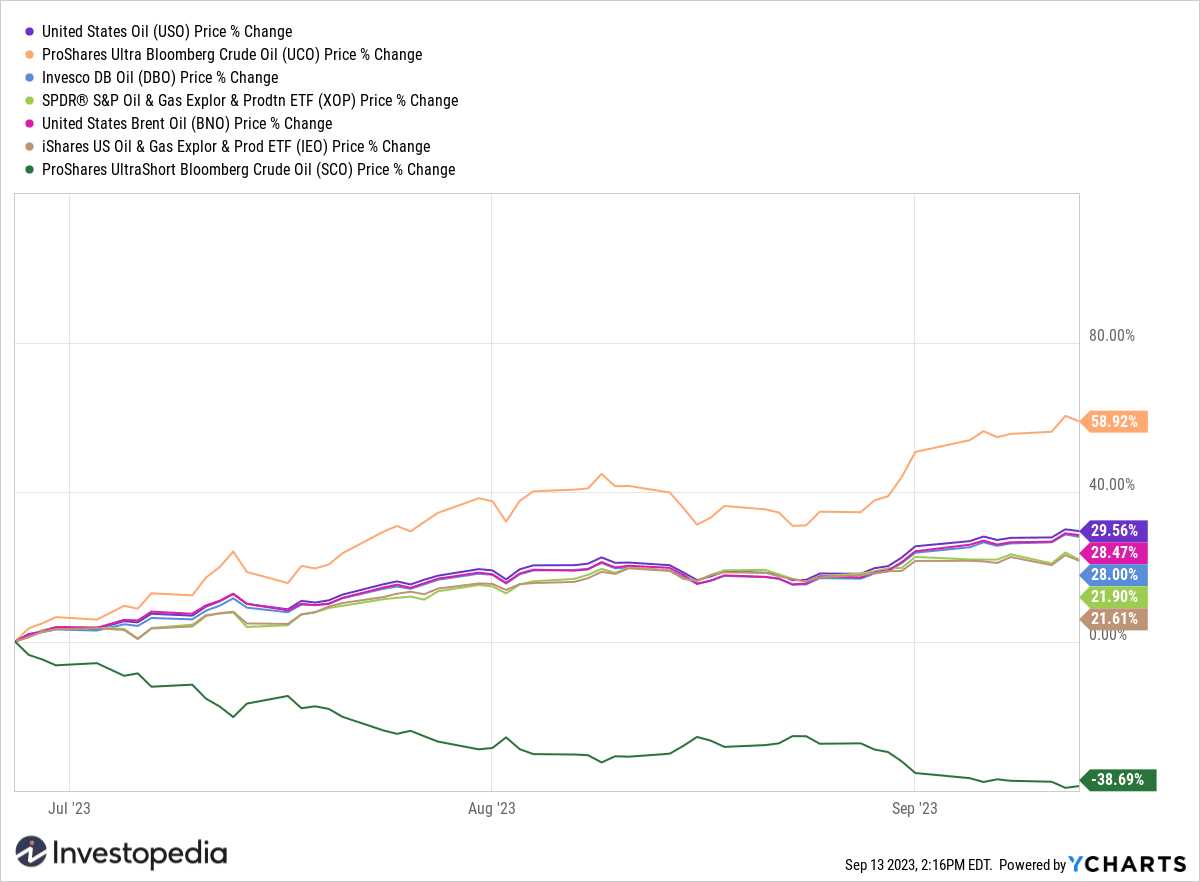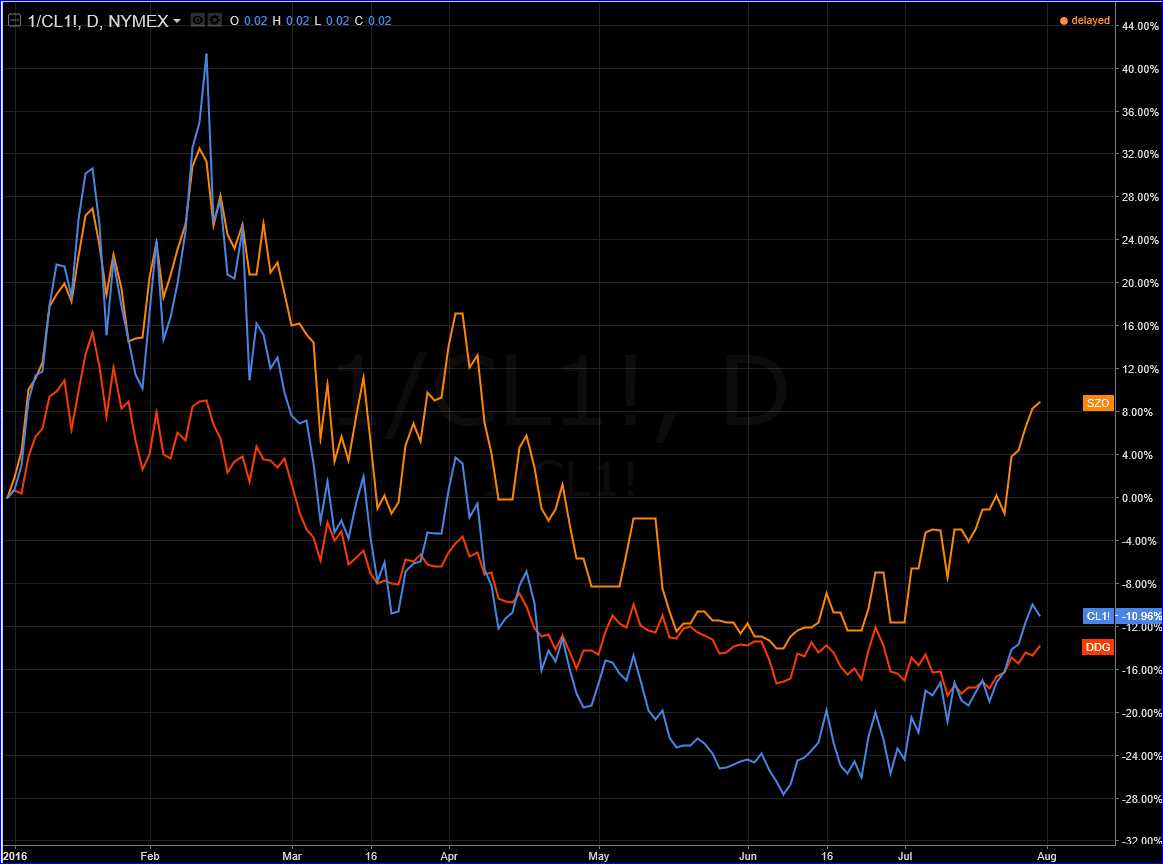Mechanism of Oil ETF
An Oil ETF, or exchange-traded fund, is a type of investment fund that tracks the price of oil. It allows investors to gain exposure to the oil market without actually owning physical barrels of oil. The mechanism of an Oil ETF involves several key components:
| Creation and Redemption | The creation and redemption process is a crucial aspect of an Oil ETF. Authorized participants, typically large financial institutions, create new shares of the ETF by depositing a specified amount of oil or cash with the fund manager. In return, they receive shares of the ETF. Conversely, authorized participants can redeem their shares by returning them to the fund manager in exchange for the underlying oil or cash. |
| Tracking the Price of Oil | An Oil ETF aims to closely track the price of oil by utilizing various strategies. Some ETFs may hold physical oil in storage, while others may use derivatives such as futures contracts to replicate the performance of oil. The fund manager continuously adjusts the portfolio to maintain a correlation with the price of oil. |
| Dividends and Expenses | |
| Liquidity and Trading |
Overall, the mechanism of an Oil ETF allows investors to participate in the oil market without the need for direct ownership of physical oil. It provides a convenient and efficient way to gain exposure to the price movements of oil, while also offering the benefits of diversification and liquidity.
Potential Challenges and Risks

Investing in an oil ETF comes with its own set of potential challenges and risks. It is important to understand these risks before making any investment decisions.
1. Volatility
The price of oil can be highly volatile, which can lead to significant fluctuations in the value of an oil ETF. This volatility can be influenced by a variety of factors, including geopolitical events, supply and demand dynamics, and global economic conditions.
2. Contango and Backwardation
3. Regulatory and Political Risks
The oil industry is subject to various regulatory and political risks, including changes in government policies, environmental regulations, and taxation. These risks can impact the profitability and operations of oil companies, which can in turn affect the performance of an oil ETF.
4. Supply and Demand Dynamics
The supply and demand dynamics of the oil market can have a significant impact on the price of oil and, consequently, the performance of an oil ETF. Factors such as changes in global oil production, geopolitical tensions, and shifts in energy consumption patterns can all influence supply and demand dynamics.
5. Currency Risks

If an oil ETF invests in oil futures contracts denominated in a currency other than the investor’s base currency, currency fluctuations can impact the returns of the ETF. These currency risks can add an additional layer of volatility and uncertainty to the investment.
It is important for investors to carefully consider these potential challenges and risks before investing in an oil ETF. Conducting thorough research, seeking professional advice, and diversifying investments can help mitigate some of these risks and improve the chances of achieving investment goals.

Emily Bibb simplifies finance through bestselling books and articles, bridging complex concepts for everyday understanding. Engaging audiences via social media, she shares insights for financial success. Active in seminars and philanthropy, Bibb aims to create a more financially informed society, driven by her passion for empowering others.
